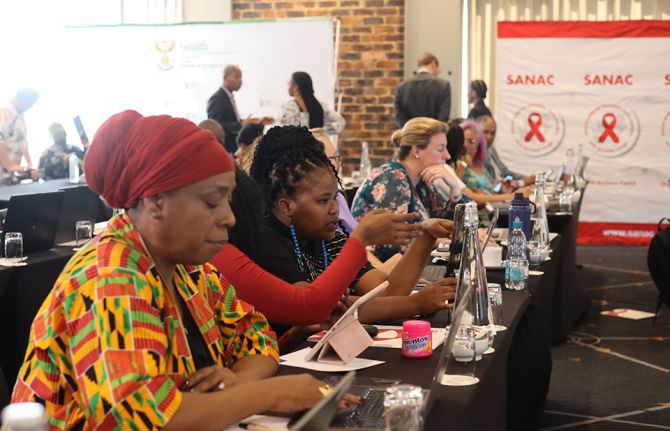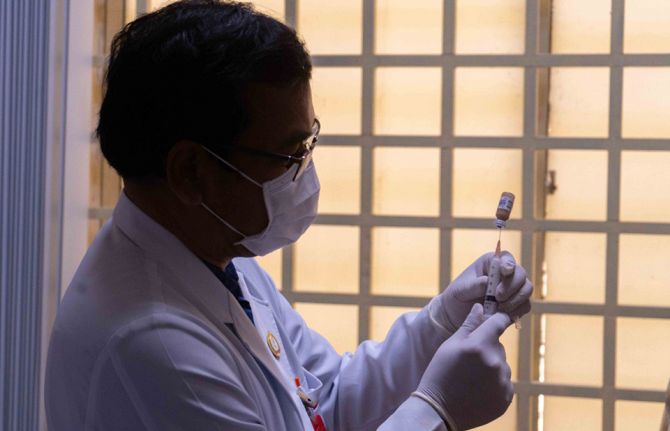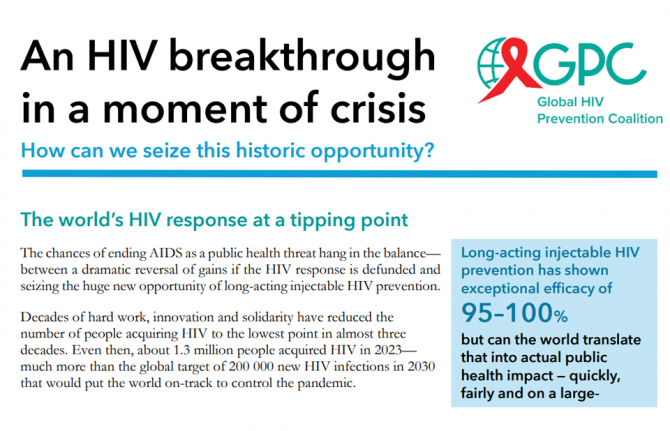
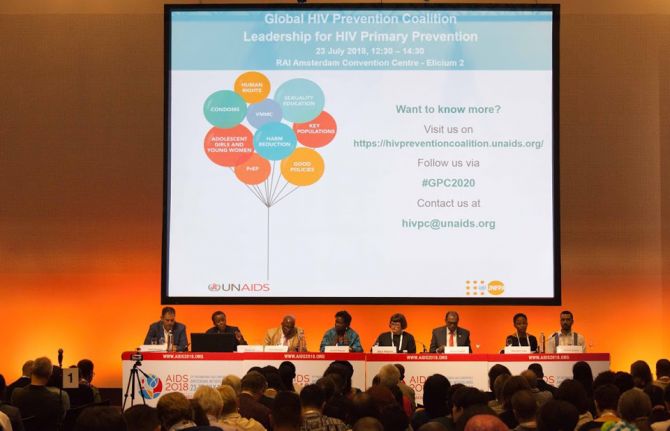
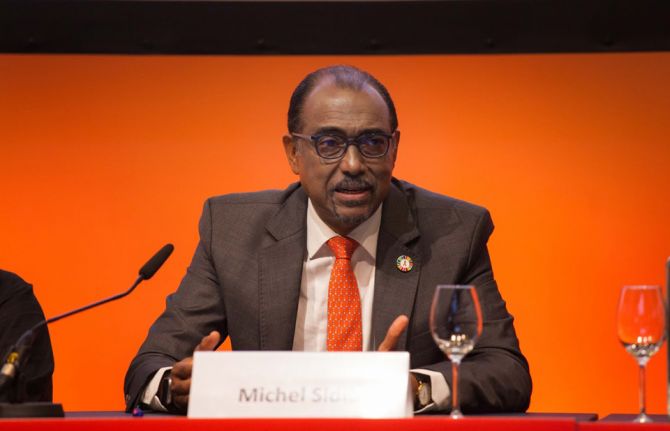
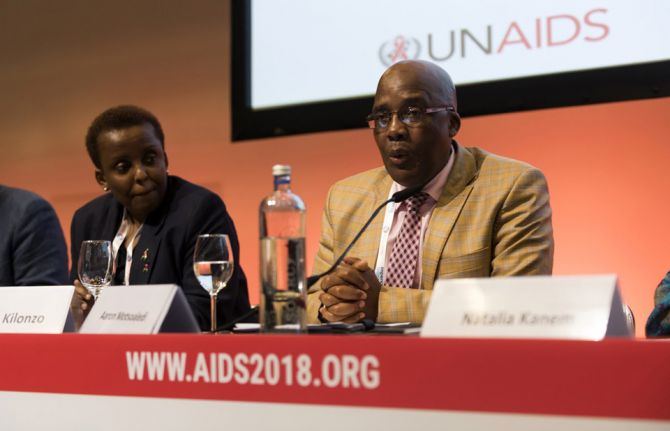
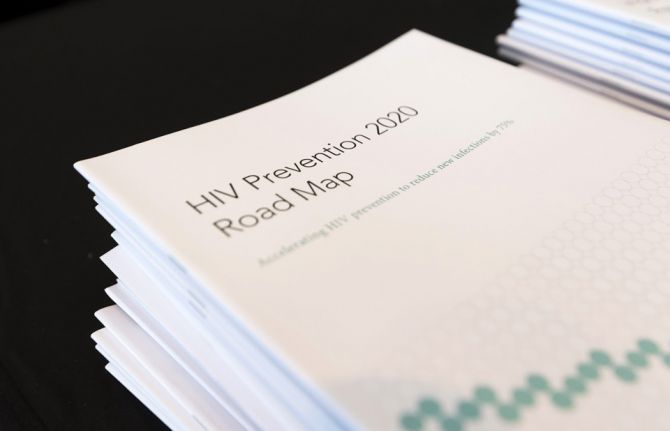
Feature Story
Global HIV Prevention Coalition implements the HIV Prevention 2020 Road Map
24 July 2018
24 July 2018 24 July 2018On 23 July, the Global HIV Prevention Coalition brought together HIV prevention leaders in Amsterdam, Netherlands, to discuss the urgency of scaling up HIV prevention services. They shared the progress made and looked at the challenges, including policy barriers and inadequate funding for prevention.
The speakers highlighted the initial progress made since the launch of the Global HIV Prevention Coalition in October 2017. National prevention coalitions engaging many sectors and civil society organizations have been established to better coordinate responses. Ambitious prevention programme targets have been set in many countries and newly launched HIV strategies focus on prevention.
However, the limited capacities of national programmes and a steady decline in prevention funding have put the end of AIDS at risk. Policies on age of consent in about half of all coalition countries remain major barriers to adolescents’ access to HIV and sexual and reproductive health services. Many countries lack sufficient data on key populations and hence reach few of them. Stigma and discrimination further prevent key populations from accessing services.
The heads of the Global Fund to Fight AIDS, Tuberculosis and Malaria (Global Fund) and the United States President’s Emergency Plan for AIDS Relief (PEPFAR) underlined the need for adequate investments focused on the people with the highest HIV prevention needs.
Alvaro Bermejo, the Director-General of the International Planned Parenthood Federation, made a passionate appeal to donors and programmes not to forget condoms. All young people and members of key populations need easy access, he said, which was why the current gap in condom programming has to be closed.
For prevention efforts to be sustainable, civil society should be meaningfully engaged in national coalitions and their expertise and comparative advantage in implementation used and linked to adequate funding.
Given these challenges and an ambitious prevention agenda to be implemented in only two and a half years, rapid action is required. The call made by the prevention leaders was a clear step in the right direction.
The participants of the event included the Minister of Health of South Africa, Aaron Motsoaledi, representatives of civil society and the heads of PEPFAR and the Global Fund. Michel Sidibé, the Executive Director of UNAIDS, and Natalia Kanem, the Executive Director of the United Nations Population Fund, convened the high-level panel.
Quotes
“The prevention coalition we launched together with the United Nations Population Fund has been able to create a momentum. We are seeing prevention back on national agendas, with amazing calls from the grass roots. What we need now is concrete action to scale up programmes.”
“The face of vulnerability is adolescent girls and key populations. We really do need to think about the era of sustainable development and what it means to live with full dignity. Prevention implies access to information, it implies timely respectful services and understanding that we are in a time of crisis.”
“An essential element is the question of accountability for HIV prevention and who is the duty-bearer, who should be accountable. The HIV Prevention Road Map has very clearly articulated the need for clear responsibility and it lies in the duty-bearer for the multisectorial response. Accountability in HIV prevention programming is essential to measure achievement against national and subnational prevention targets.”
“We need to put resources effectively into prevention for key populations. It is impossible to stop AIDS without stopping stigma, discrimination and criminalization of drug use and key populations.”
“There is a condom crisis inside the prevention crisis. We know how to deliver condoms. It is other things that are getting in the way of not having condoms where young people are, of not allowing young people under 18 to access condoms in the clinics, not allowing them to come near schools, of prosecuting women for carrying condoms. That is what we need to address.”

